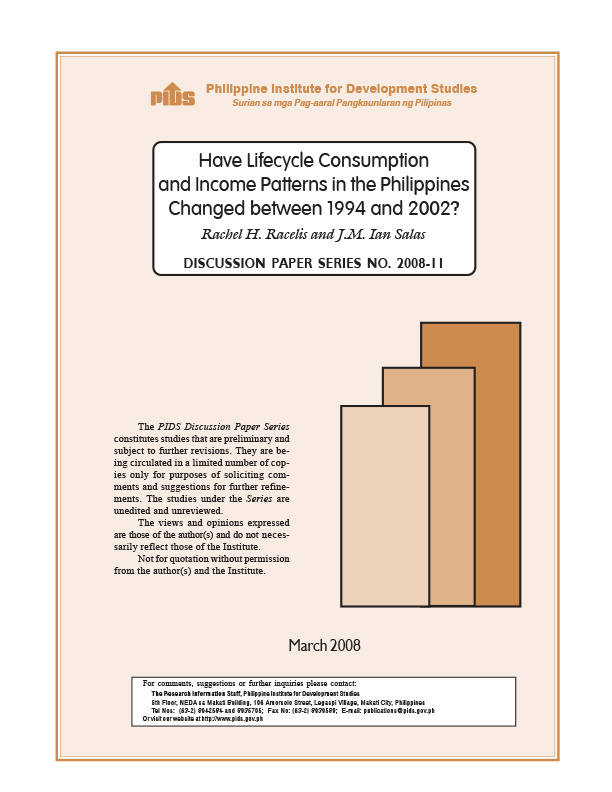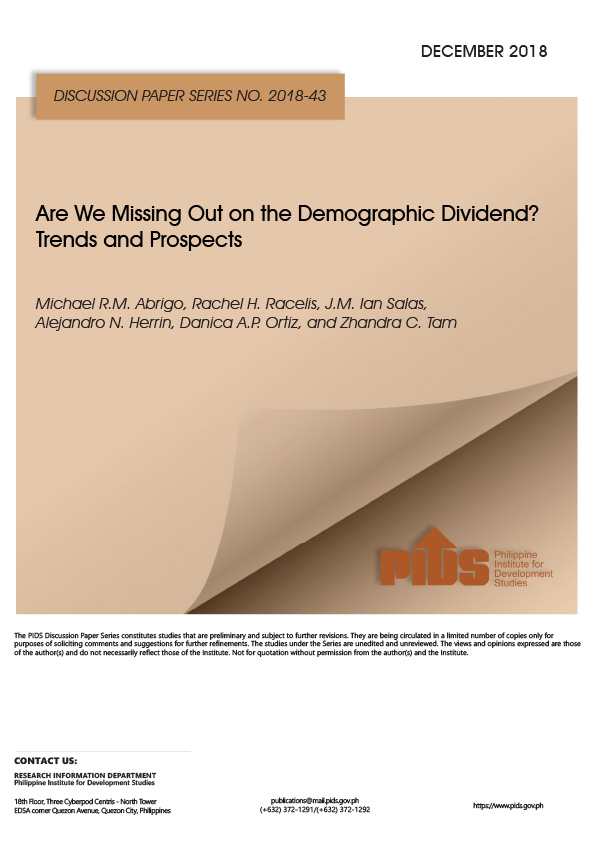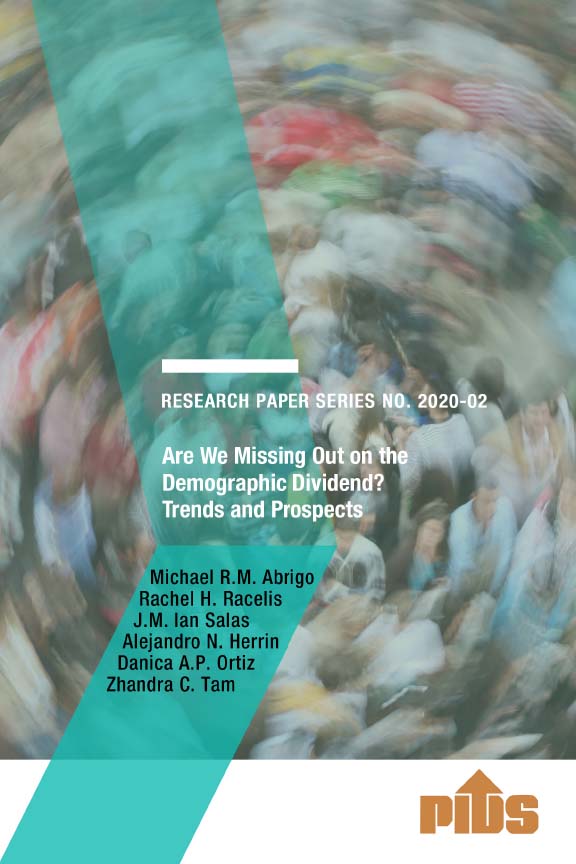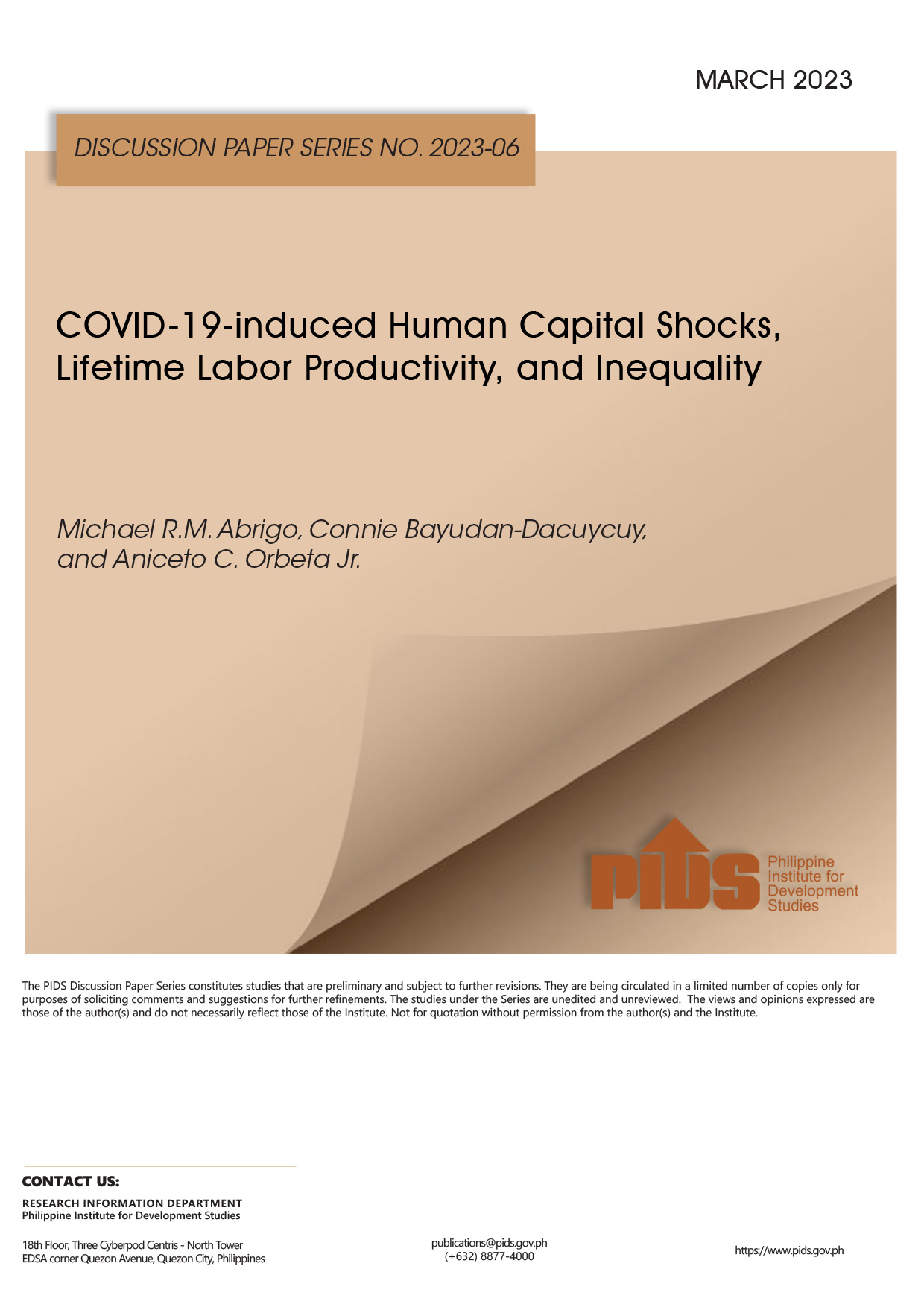Have age profiles of consumption and labor income in the Philippines changed from 1994 to 2002? What are the implications of the changes observed in the lifecycle patterns? The National Transfer Accounts (NTA) methodologies are applied to estimate the per capita age profiles of current consumption and labor income for the Philippines for the years 1994, 1999, and 2002. Age profiles estimated include those for public and private consumption for three broad types, i.e., education, health, and other, and two types of labor income, i.e., earnings from paid employment and self employment income. Some of the main findings include: (1) Consumption pattern by age: The age profile for mean per capita current consumption is strongly influenced by the profile of private other consumption being the single largest item of consumption. The pronounced sharp rise in per capita mean consumption observed up to age 18 and the subsequent decline is due to the age pattern of public and private education spending. And the gradual increase in per capita consumption after age 45 may be attributed to the increasing per capita public and private spending for health care as age increases. (2) Consumption age profile over time: The age profiles for current consumption have generally remained unchanged from 1994 to 2002, with mean age of consumption staying at about 27 years. (3) Labor income pattern by age: The age profile of labor income has the expected inverted-U shape, peaking at around age 40. (4) Labor income age profile over time: The overall shape of the age income profiles have generally remained the same, but a gradual shift of the position of the profiles toward the right was observed from 1994 to 2002. The mean age of labor income was 35 in 1994, 38 in 1999, and 39 in 2002. The implications of the consumption and labor income lifecycle patterns and changes observed over time for the Philippines include the following: increase in the deficit age cut-off at older ages; increase in the span of productive or surplus ages; and increase in the lifecycle surplus to deficit ratio.
Citations
This publication has been cited 3 times
- Racelis, Rachel H. et. al. 2015. Philippines 2011 National Transfer Accounts estimates of consumption and labor income age profiles: Discussions on the 1991-2011 age profile change and implications on economic gains from the first demographic dividend. Discussion Papers DP 2015-45,. Philippine Institute for Development Studies.
- Salas, J.M. Ian S., Michael Ralph M. Abrigo, and Rachel H Racelis. 2012. Philippines 2007 National Transfer Accounts: Consumption, income, and intergenerational reallocation of resources. Discussion Papers DP 2012-32. Philippine Institute for Development Studies.
- Salas, J.M. Ian S., Michael Ralph M. Abrigo, and Rachel H Racelis. 2012. Philippines 2007 National Transfer Accounts: Consumption, income, and intergenerational reallocation of resources. Discussion Papers DP 2012-29. Philippine Institute for Development Studies.













